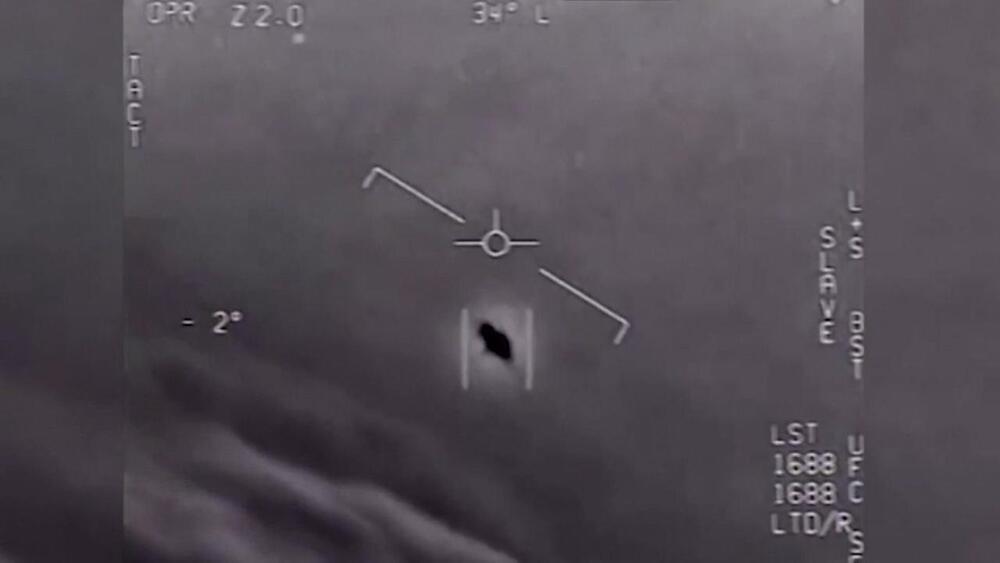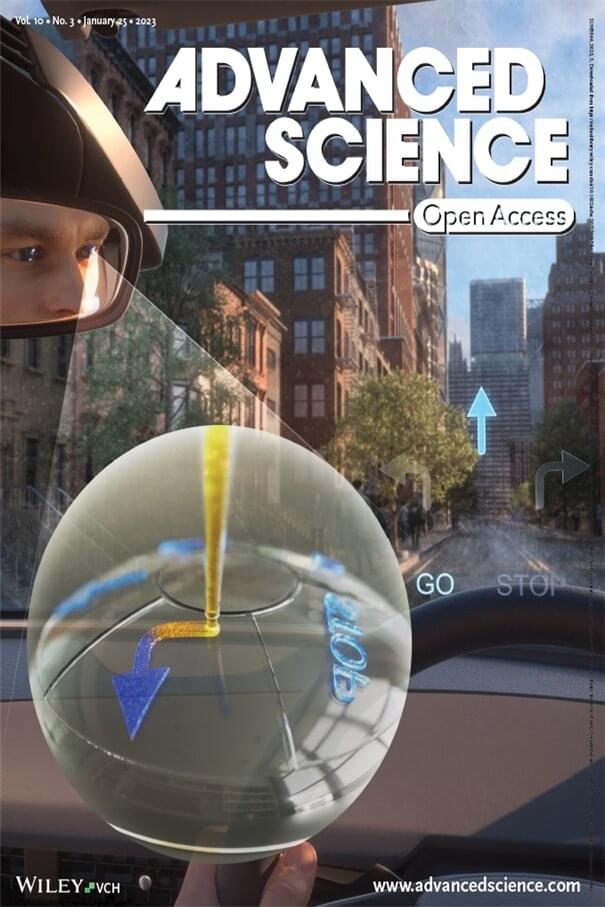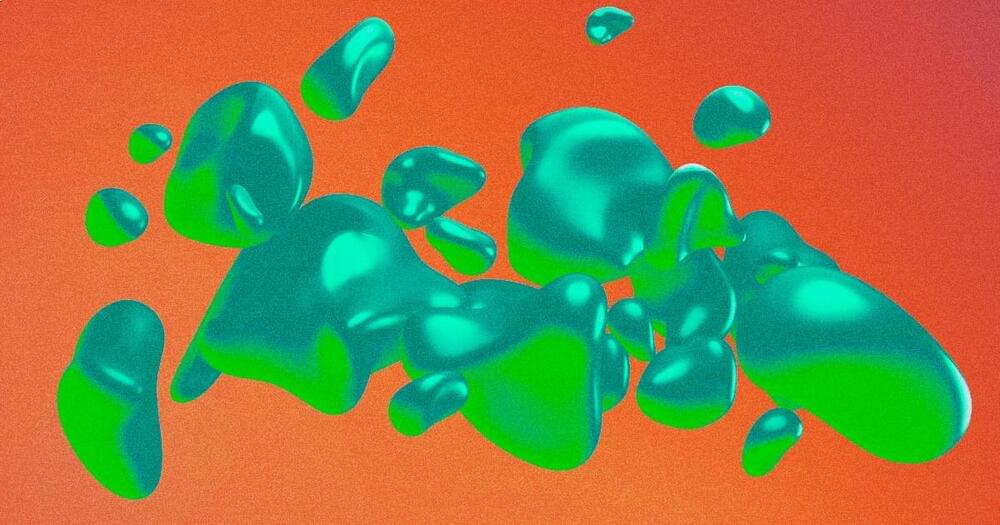Page 2502
Feb 14, 2023
Monogamous Prairie Voles Reveal the Neurobiology of Love
Posted by Dan Breeden in category: futurism
Studies of prairie voles are providing surprising new insights into how social bonds form.
Feb 14, 2023
The ocean science community must put science before stigma with anomalous phenomena
Posted by Jose Ruben Rodriguez Fuentes in categories: climatology, government, military, science, sustainability
Even more extraordinary, during a 2021 interview on CBS 60 Minutes, former Navy pilots David Fravor and Alex Dietrich provided a detailed description of their encounter with a UAP while conducting pre-deployment training with the USS Nimitz aircraft carrier strike group in 2004. While flying their F/A-18F Super Hornet aircraft, they initially observed an area of roiling whitewater on the ocean surface below them. Hovering just above that was a “white Tic Tac looking” UAP. The whitewater may have indicated the presence of a larger UAP below, or that the UAP they were observing had recently emerged from the sea below it, indicating the occurrence of unidentified undersea phenomena (UUP).
The implications of these observations are profound. Society may be on the verge of answering one of the greatest questions regarding our existence — are we alone? Yet, the vast majority of established scientists across the globe have shown little interest, and this remains the case with the ocean science community.
How is it that these anomalous observations have not risen to the level of other science priorities, such as climate change? Simply put, stigma. The attention given by many non-scientific, fringe enthusiasts to the UAP arena has tainted the topic, repulsing those who rightly seek to maintain their scientific integrity and professional reputation. Additionally, the U.S. government thwarted objective analysis of UAPs out of a concern that adversaries would use them as a psychological warfare tool to sow mass hysteria and panic.
Feb 14, 2023
3D-printed smart contact lens with navigation function
Posted by Jose Ruben Rodriguez Fuentes in categories: 3D printing, augmented reality, biotech/medical, health
Dr. Seol Seung-Kwon’s Smart 3D Printing Research Team at KERI and Professor Lim-Doo Jeong’s team at Ulsan National Institute of Science and Technology (UNIST) developed core technology for smart contact lenses that can implement augmented reality (AR)-based navigation, with a 3D printing process.
A smart contact lens is a product attached to the human eye like a normal lens that provides various information. Research on these lenses is currently focused mainly on diagnosing and treating health problems. Recently, Google and others are developing smart contact lenses for displays that can implement AR. Yet many obstacles to commercialization exist due to several technical challenges.
In implementing AR with smart contact lenses, electrochromic displays that can be driven with low power are necessary, and a “pure Prussian blue” color, with cost competitiveness and quick contrast and transition between colors, is attracting attention as the lens’ material. In the past, the color was coated on the substrate in the form of a film using the electric plating method, which limited the production of advanced displays that can express various information (letters, numbers, images).
Feb 14, 2023
Scientists Use “Acoustic Holograms” To Form Particles Into Complex 3D Shapes
Posted by Jose Ruben Rodriguez Fuentes in categories: biological, holograms, particle physics
That’s exactly what researchers in Germany set out to do, making use of “acoustic holograms” to form distinct 3D shapes out of particles suspended in water — all in “one shot,” said study lead author Kai Melde, a researcher from the Max Planck Institute, in a press release.
According to a study on the work, published last week in the journal Science Advances, the researchers were able to create a helix and a figure 8 out of silica gel beads, assembled biological cells into spherical clumps, and even provided a compelling concept for forming the shape of a dove in future experiments.
These acoustic holograms work by cleverly manipulating the pressure exerted by high frequency ultrasonic waves via the inexpensive use of a conventionally 3D-printed plate.
Feb 14, 2023
Is quantum machine learning ready for primetime?
Posted by Jose Ruben Rodriguez Fuentes in categories: information science, quantum physics, robotics/AI
Feb 14, 2023
ChatGPT and the future of writing
Posted by Jose Ruben Rodriguez Fuentes in category: futurism
ChatGPT is confronting, but humans have always adapted to new technology – ask the Mesopotamians, who invented writing.
Feb 14, 2023
ChatGPT-powered Microsoft Bing made basic mistakes, showed fake answers during first public demo
Posted by Raphael Ramos in category: robotics/AI

We need to double check the answers.
By Ankita Garg: ChatGPT became popular in no time for providing accurate and good answers to any query that people have. Following this, Microsoft also announced its AI-powered Bing tool to catch on the trend and help people offer a better experience using artificial intelligence. However, the ChatGPT-powered Bing tool from Microsoft made quite a lot of mistakes and showed inaccurate results during the company’s public demo last week.
Feb 14, 2023
Dark Energy Is the Invisible Fabric of Our Universe, And We Know Virtually Zilch About It
Posted by Dan Breeden in category: cosmology
To put it one way, it’s the observation that our cosmos is in the process of ripping itself apart.
Feb 14, 2023
Look! An Amateur Astronomer Just Found Three Dwarf Galaxies That a Computer Missed
Posted by Atanas Atanasov in categories: computing, space
Sometimes humans are better at astronomy than computers.
Not that it’s a competition, but we’re definitely winning.

















